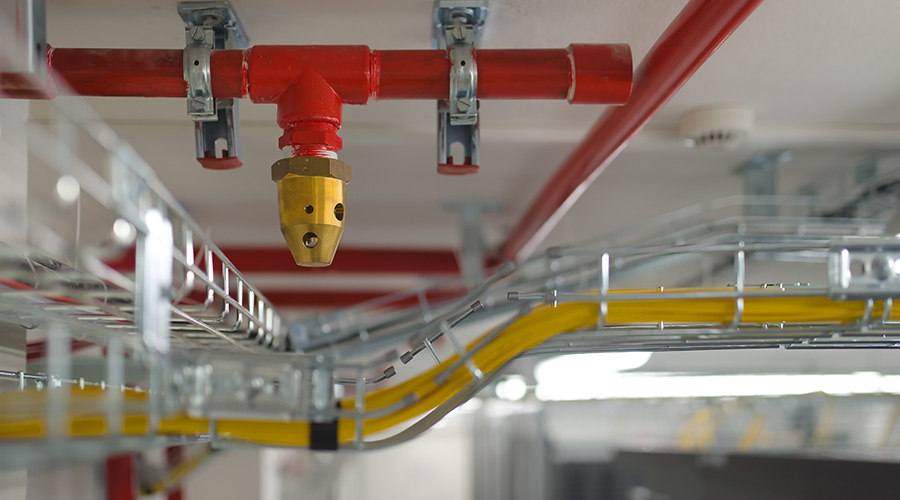Expanded Scope Of NFPA 72 Now Includes Emergency Communication Systems
NFPA 72, National Fire Alarm and Signaling Code, is the best reference for how to properly perform inspection, testing, and maintenance on a fire alarm and emergency communication system. NFPA 72 was treated to a complete facelift between the 2007 and 2010 editions. Many people who were extremely familiar with NFPA 72 found this restructuring to be frustrating, but the reality for facility managers is that the changes made NFPA 72 a far more versatile tool. Why? NFPA 72 changed from being focused solely on fire alarm systems to providing guidance for communications signaling systems and other technology-driven advances. This includes voice systems not solely dedicated to fire alarm functions such as mass notification systems, including outdoor speaker systems and distributed recipient mass notification systems.
Because the scope of NFPA 72 was growing dramatically, the code was completely restructured to support that growth and to provide flexibility for the future. Chapters were renumbered, leaving reserved chapters between existing chapters to allow the code committee to insert additional information in the future without the need to perform another complete makeover. During the revision, the chapter on inspection, testing, and maintenance became Chapter 14 in the 2010 and 2013 editions.
The scope of NFPA 72, starting in 2010, also expanded to provide guidance for installation and inspection, testing, and maintenance of video-image detection, water-level and water-temperature supervision, room-temperature supervision, and carbon-monoxide or gas-detection monitoring. Those changes also reflect the shift away from a narrow focus on "fire" and to a scope that covers technological advances and increasing fire alarm and communication system capabilities.
NFPA 72 has also stressed a strong stakeholder and designer relationship. This has been done to assist owners and professionals through the process of identifying survivability and reliability criteria that are practical given the hazards, location, threats, and system capabilities for the building where the systems will be installed. In many cases, this means that design professionals will be involved in the design and testing where contractors would have handled these responsibilities.
One example of this change over the last two revision cycles is guidance on intelligible voice communication systems. The committees have begun to stress that a message is only beneficial if people can understand it.
Prior to 2010, NFPA 72 focused on the role of a fire alarm system in performing fire evacuation. But as the scope of the code and threats in the world have changed, it only makes sense for fire alarm and emergency voice communication systems to be capable of providing more non-fire information. A wide variety of messages need to be broadcast in a highly reliable and understandable manner. It is logical that fire alarm systems should evolve to perform these functions.
In code editions prior to 2010, NFPA 72 provided annex material to assist in intelligible system design and testing. In the 2010 edition, guidance for design and testing of a multi-function mass communication system started to appear in the body of the code. As the industry learns more and more lessons from the commercial audio industry, facility managers can be assured that NFPA 72 will continue to evolve.
Related Topics:














